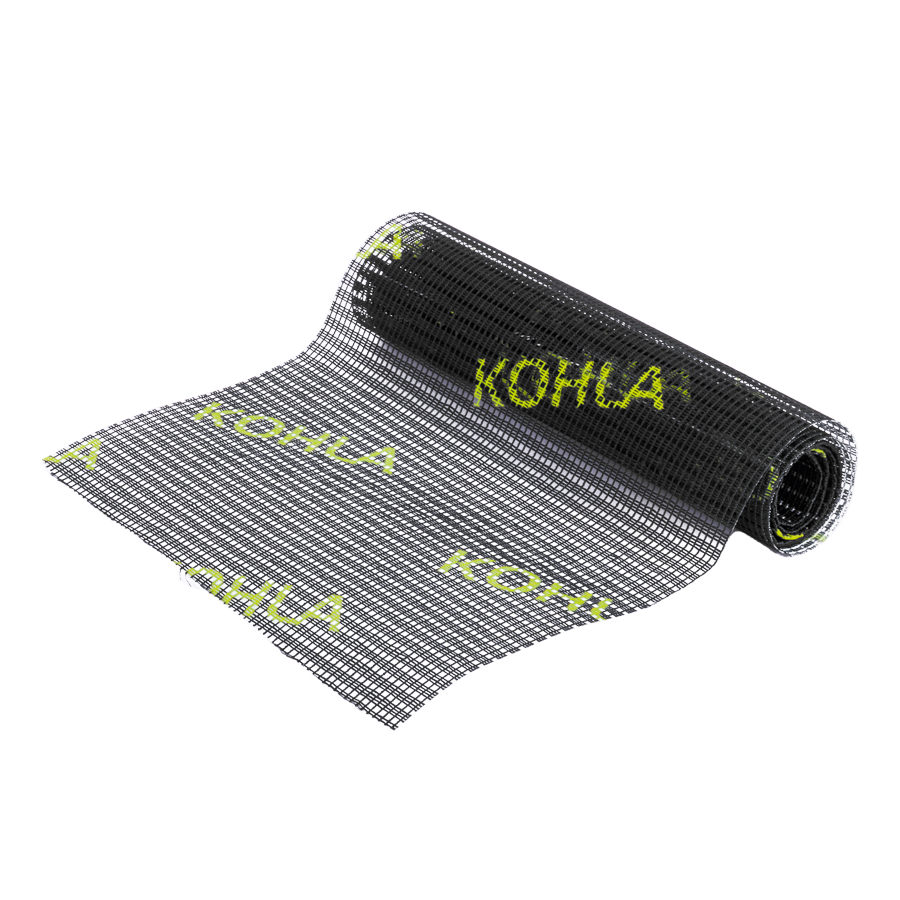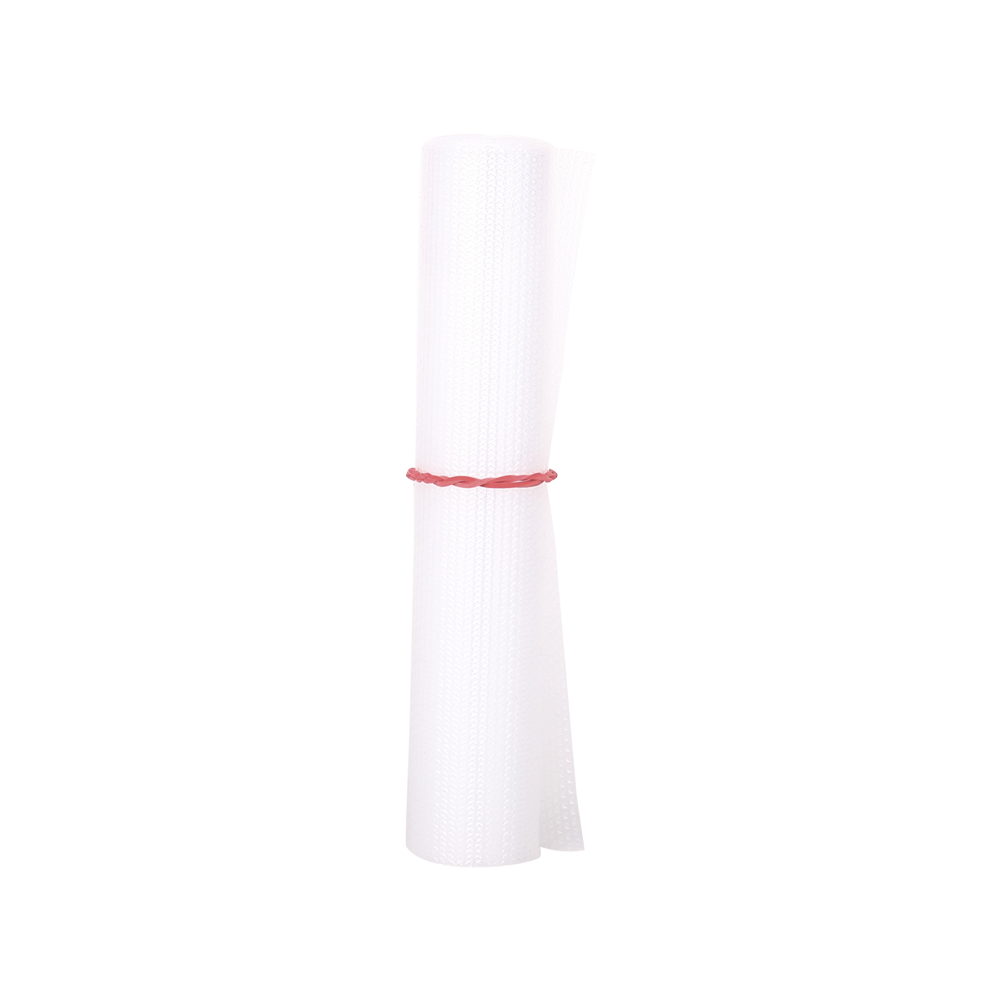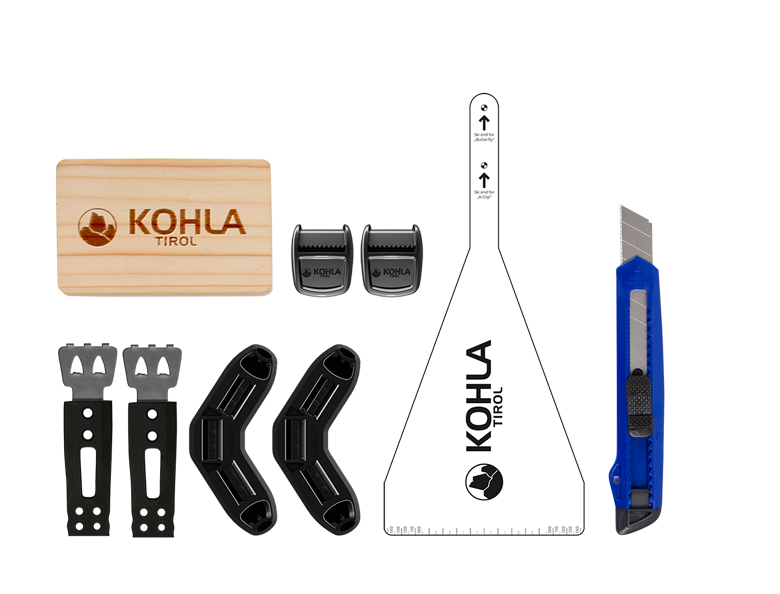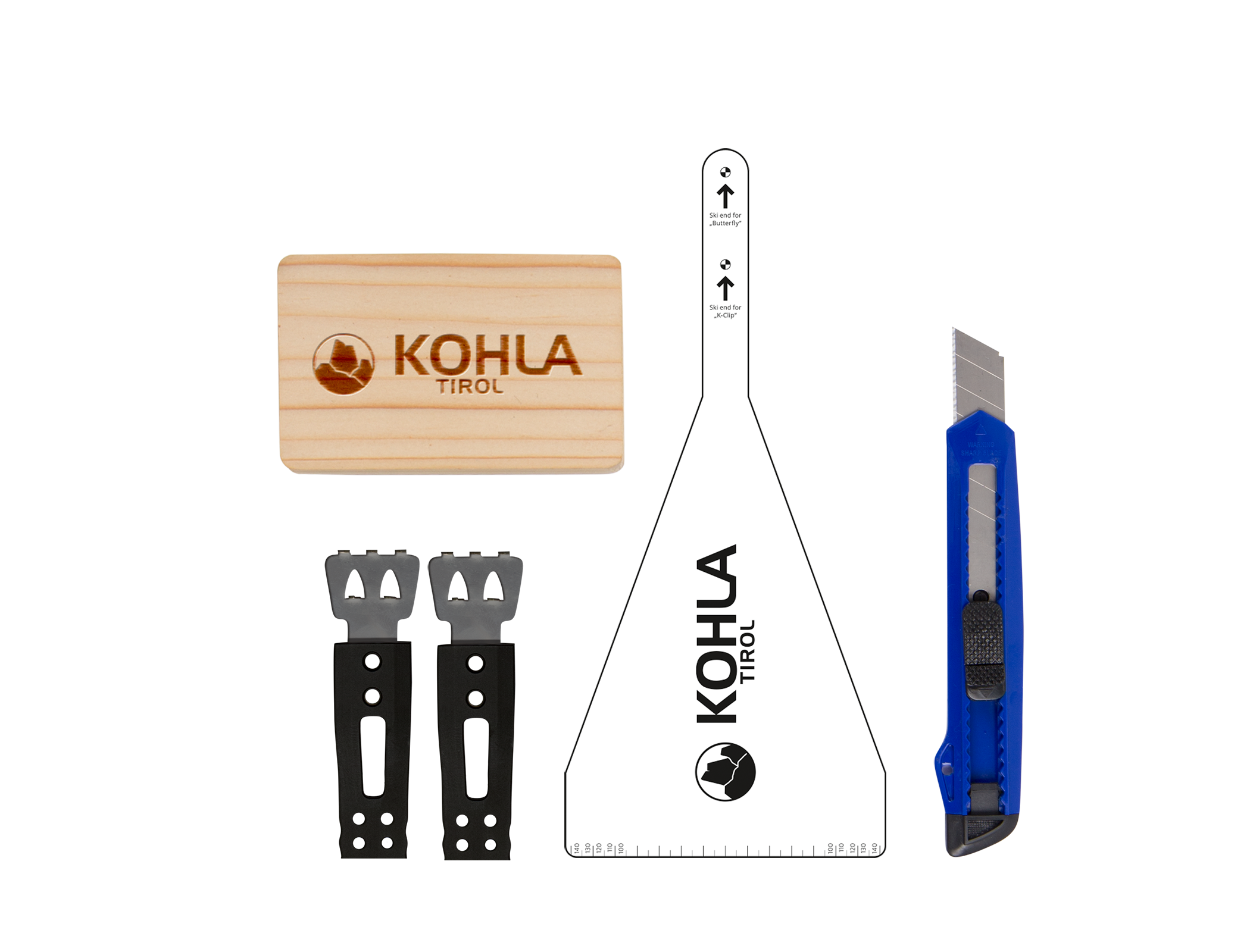KOHLA climbing skins
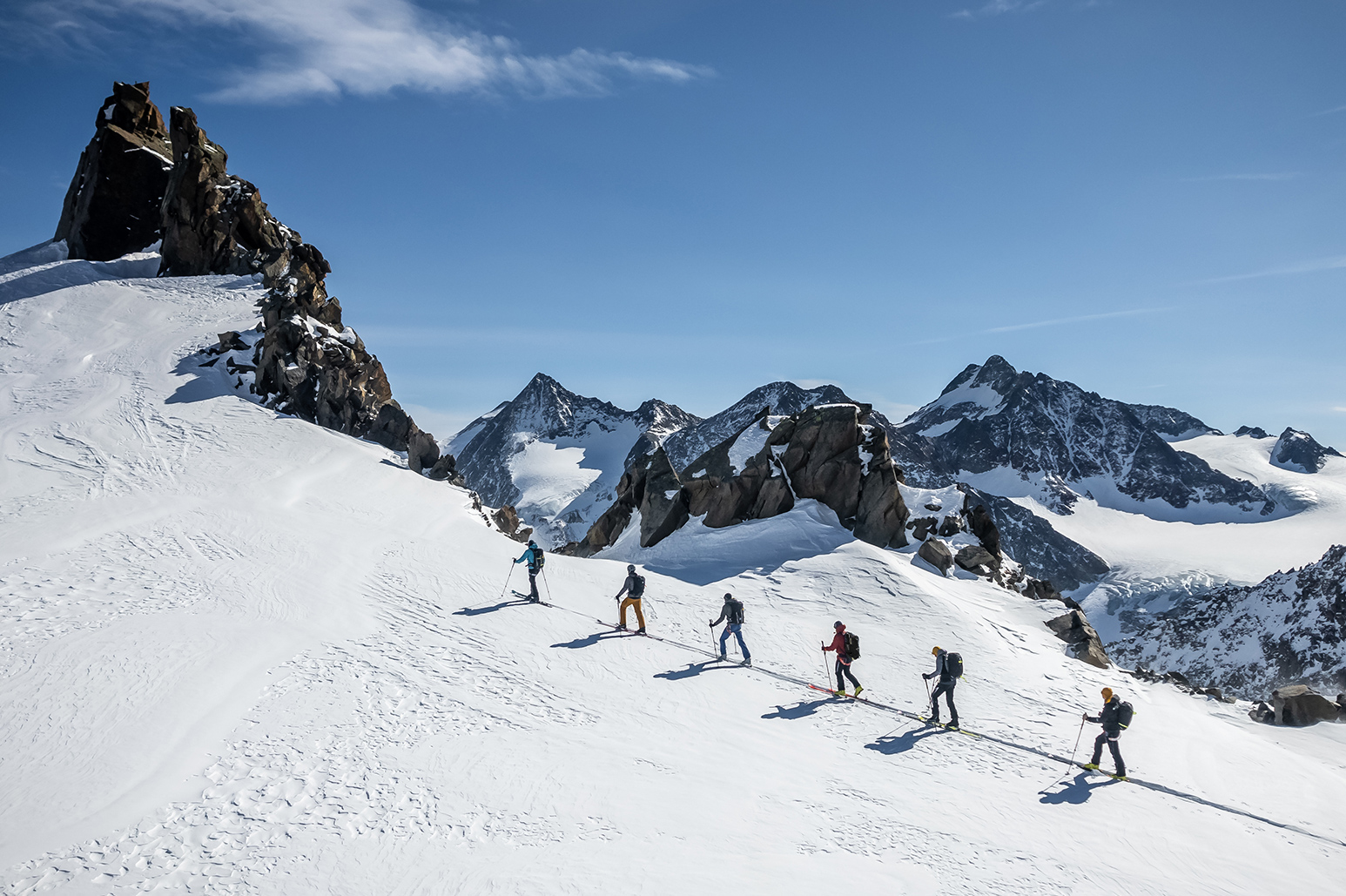
Which ski do you have?
Where are you heading with your skis?
We will help you choose the right ski touring skin You can find an overview of the different types of KOHLA skins under the link.

What is a climbing skin anyway?
A climbing skin is attached to the underside of touring skis, allowing them to climb in the snow without sliding back. In doing so, however, they allow the ski to continue sliding forward. Climbing skins therefore provide grip and ensure that a ski tour is possible in the first place, you do not want to trudge through the snow, but just hike up the mountain with the skis.
KOHLA skins for touring skis are still made of real fur. This comes from the Angora goat and provides the perfect conditions to be stretched under the touring skis. The hair of the Angora goat, the so-called mohair, is hollow inside and thus offers excellent properties. It protects against moisture, glides well and is also extremely light. In some Kohla skins, a mixture of real fur and synthetic fibers is also used (Mixmohair). Mixmohair also has excellent gliding properties when climbing. You can find more information about climbing skins here!
How is a climbing skin constructed?
A climbing skin usually consists of three components. The actual skin, the carrier system and an adhesive layer (also called adhesive surface), which ensures that the climbing skin sticks to the ski. In addition, there is the tensioning system for attaching the skin to the touring ski or splitboard. The skin While today synthetic fibers are also used in ski skins, it was different in the past. Thus, the fur of seals was particularly suitable to be able to ascend with skis. In other regions, all kinds of natural skins with mostly relatively short hairs were used. Today, KOHLA skins for touring skis still use real fur. This comes from the Angora goat and provides the perfect conditions to be stretched under the touring skis. The hair of the Angora goat, the so-called mohair, is hollow inside and thus offers excellent properties. It protects against moisture, glides well and is also extremely light. In some Kohla skins, a mixture of real fur and synthetic fibers is also used (Mixmohair). Mixmohair also has excellent gliding properties when climbing.The substrate material
The skin, as the bottom layer, is applied to a carrier material. Two different technologies are used at KOHLA:Fiber Seal Technology
Fiber Seal technology was developed by KOHLA and is characterized by the fact that it is waterproof and so well protected from moisture, as well as very dimensionally stable. Therefore, the climbing skins are particularly suitable for demanding conditions that require a robust skin.
Basic Layer System
The Basic Layer carrier system is made of a cotton-polyester blend, is also robust and provides tremendous waterproofing. The adhesive layer or bonding surface To ensure that the skin sticks to the base of the ski or splitboard and that no snow gets between the skin and the gliding surface of the touring ski, an adhesive ensures that the ski touring skin stays in place. Kohla uses the proven Hotmelt adhesive, which is above all flexible and universally applicable. The Smart Glue adhesive surface, newly developed by Kohla, is very easy to use, holds the skin securely to the ski, which can nevertheless be easily removed again when skinning.

The clamping system
In order for the ski skin to be attached to the ski, the glue alone is not enough. A tensioning system has a bracket holding system at the front, which is hooked onto the tip of the touring ski or splitboard. At the rear of the tensioning system, the Elastic Strap ensures that the skin can also be fixed there, so that it can not slip off during ascent. The rear, as well as the front part can be individually adapted to a wide variety of skis and splitboards.
Three different attachment systems for the ski touring skin There are basically three different attachment systems for attaching the climbing skin to the touring ski. Fast-In (fixed, adaptation to the width of the ski, inexpensive) Adaptable attachment system (attachment option at the front depending on the ski, e.g. with hole or slot) Adaptable attachment system with Multi-Clip-System (more flexible system with individual adaptation at the front and back, Elastic Strap).
Using the Kohla climbing skins
Preparing the climbing skins
Before the ski tour
Use during ski touring


Wie lange hält ein Skifell?
Es kommt ganz darauf an, wie oft ihr "auf Skitour" geht. Seid ihr ein Genuss-Tourengeher, der am Feierabend oder am Wochenende eine Pistentour absolviert - oder sportlichambitoniert seid und sammelt kräftig Höhenmeter. Auch der Einsatzort spielt eine Rolle. Eisige
Ein Fell ist ein Gebrauchsartikel der sich entsprechend abnutzt im laufe der Zeit. Ein grober Richtwert sind drei bis fünf Winter, das entspricht ca. 150.000 Höhenmeter an Aufstiegen. Man kann es sich also selbst ausrechnen, wie lange das Tourenfell "hält".
Um die Lebensdauer eures Skifells zu verlängern, ist die Pflege maßgeblich. Mehr zum Thema Fellpfelge erfahrt im unserem Blog Artikel.

















